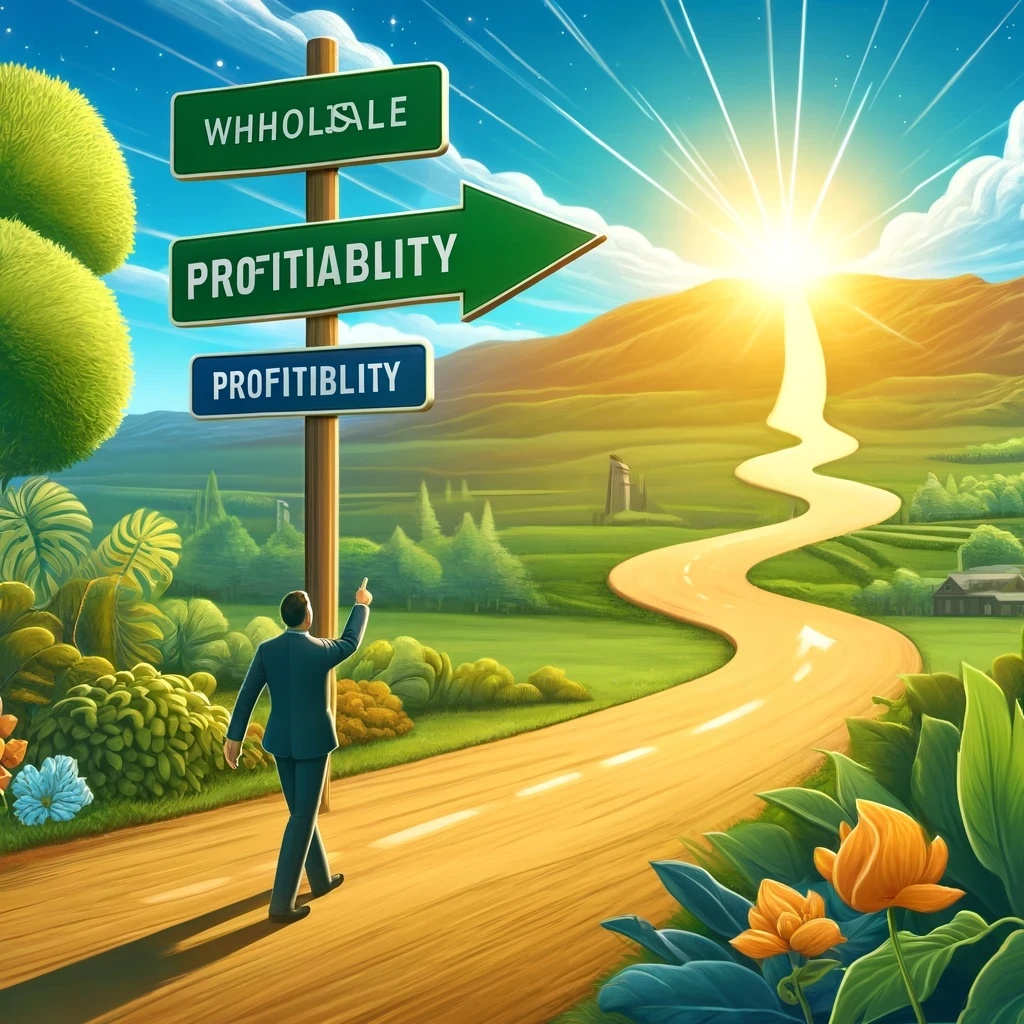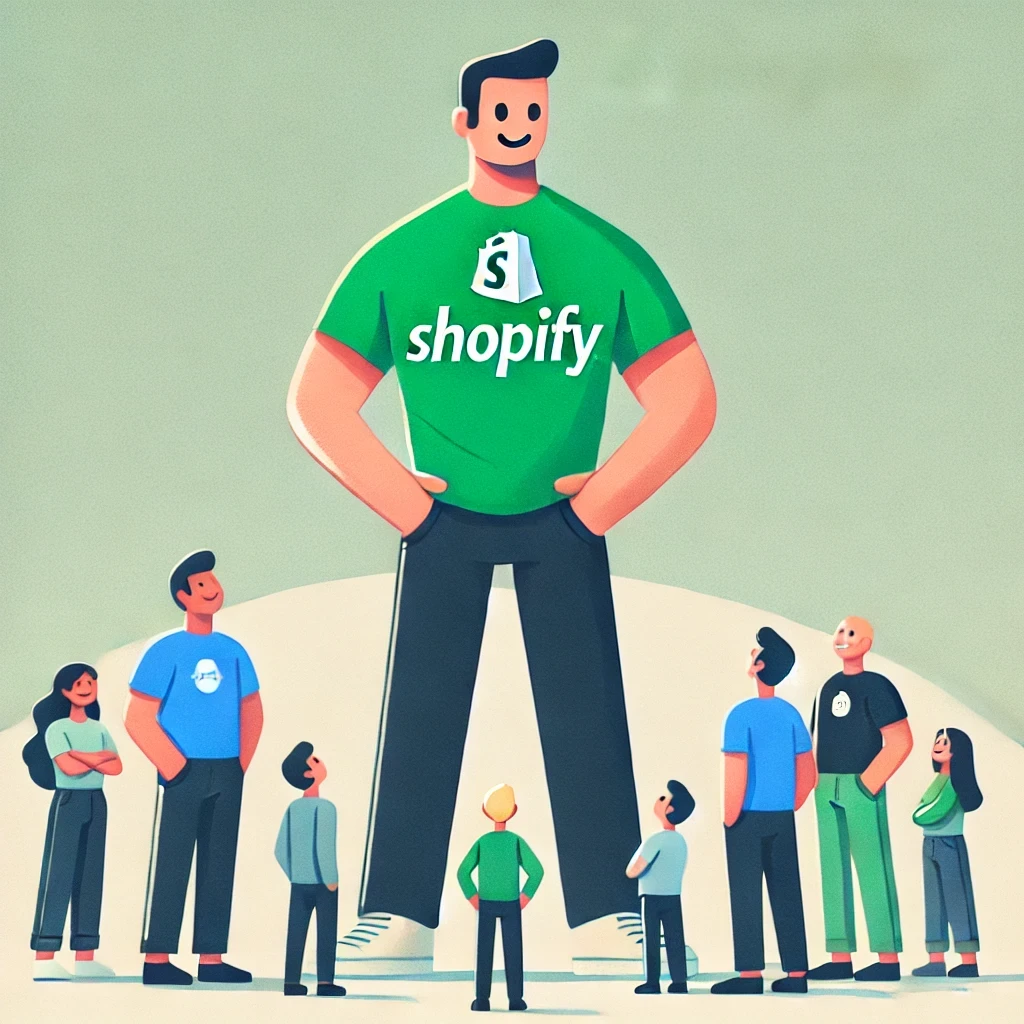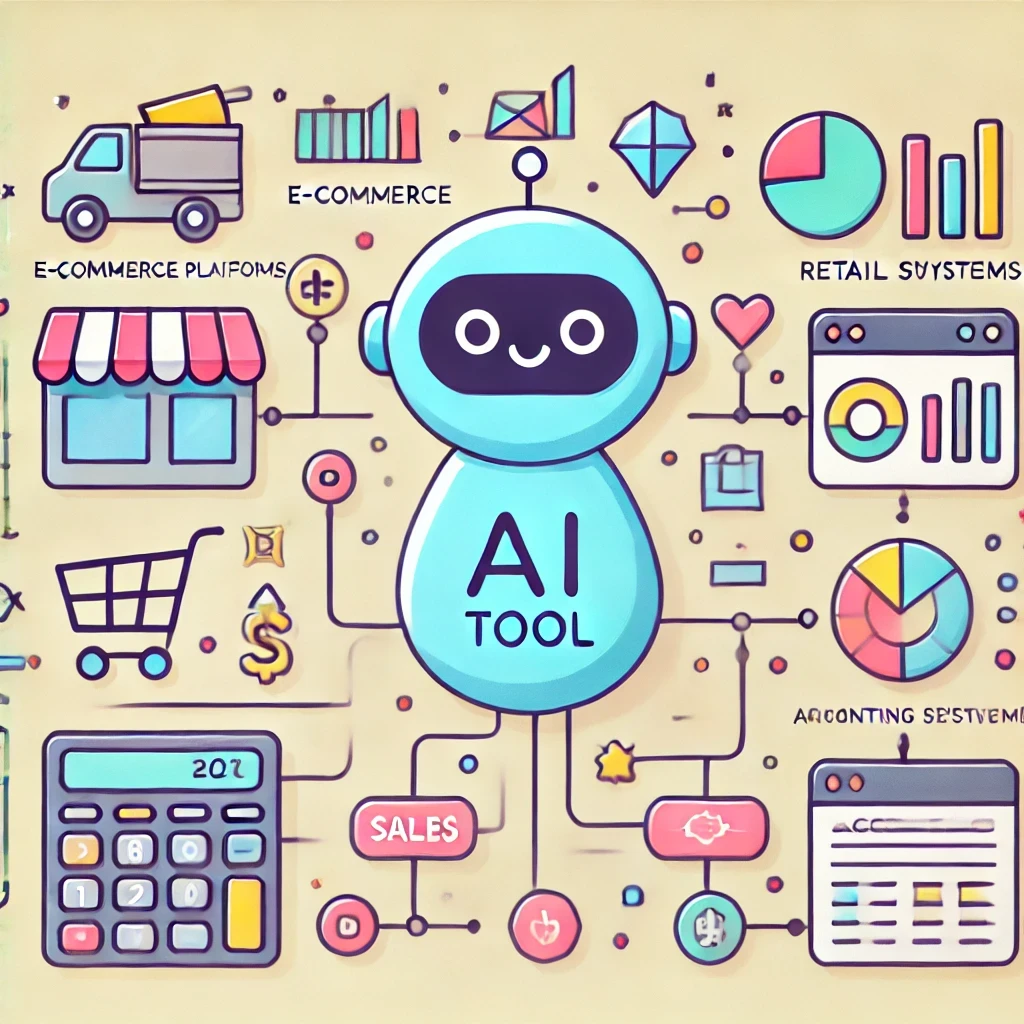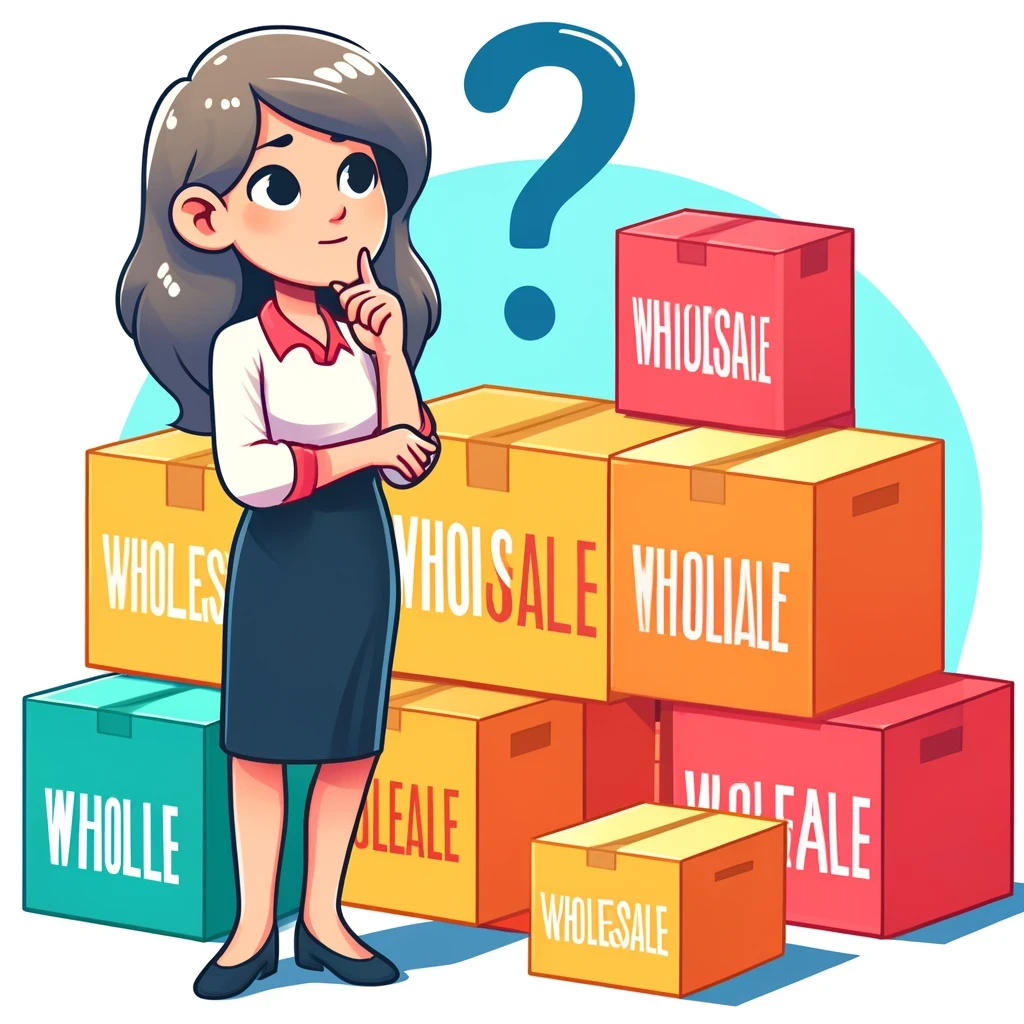The Power of Wholesale: A Profitable Growth Strategy
Apr 15, 2024
As the e-commerce landscape matures, the call of direct-to-consumer (D2C) sales channels continues to resonate within the hearts of e-commerce brands and CPG companies. But there's another, more traditional sales channel that's regaining strength, and that's wholesale. Far from being the archaic model of sales, wholesale is proving itself essential for brand growth, market expansion and profitability, especially as we venture into an era of increased customer acquisition costs (CAC) driven primarily by advertisement spend.
Exploring the landscape of wholesale, I don't just suggest a casual return to millennia-old sales practices. It's a strategic shift that's as potent as it is profitable, for e-commerce brands and CPG companies alike!
The History of Wholesale
When the e-commerce boom exploded, it did so largely on the shoulders of D2C brands. These brands, often born online, forged direct connections with their audiences, Skipping the middlemen that are common in traditional retail. Many CPG companies that were traditionally wholesale also began adopting D2C sales channels. This direct approach was lauded for its efficiency and potential for higher margins.
However, as time goes on and competition intensifies, the economics of D2C sales are being re-evaluated. Customer acquisition costs (CAC) have soared, rendering the once sweet margins far less palatable.Against this backdrop, wholesale emerges as a critical counterpoint in the orchestra of sales tactics, offering the potential for increased sales volumes, expanded market reach, and crucially, more sustainable margins.
Wholesale's Vast Potential
The current economy emphasizes just how strong wholesale is. The connections it builds with retailers can help protect against the ups and downs of the consumer market. Let's take a look at the advantages wholesale offers e-commerce brands and discuss strategies for seamless integration.
The Advantages of Wholesale for E-Commerce Brands
Wholesale is more than a traditional distribution method; it’s a sales strategy that opens doors to aspects of business growth that D2C cannot reach alone. It’s about expanding reach, increasing market share, and most importantly, generating scalable revenue without overspending on customer acquisition.
Sales Volume and Revenue Growth
By allowing e-commerce brands to sell their products in bulk directly to retailers, wholesale immediately amplifies sales volumes. The incremental upsides are palpable – the more products sold, the more revenue generated and it's very likely retailers will be repeat customers.
Market Expansion and Brand Awareness
Wholesale introduces brands to new markets, often with high-visibility retailers that can act as powerful brand ambassadors. This broader market presence not only drives sales but also cultivates brand awareness and consumer trust at an accelerated pace.
Relationship Building with Retailers and Consumers
The personalized buying experiences that brands establish with retailers can trickle down to end consumers, fostering customer loyalty. These retail relationships are the strategic gateways to consumer trust and repeat business.
Long-Term Margins and Sustainability
Though wholesale margins may seem lower initially, they can be more sustainable in the long run. The overhead costs of managing numerous individual D2C sales and acquiring these customers (customer acquisition costs folks!) are often higher than those associated with bulk wholesale transactions.
Wholesale's Impact on CPG Companies
For CPG companies, wholesale has always been their bread and butter. Direct-to-Consumer models have only recently been adopted by Consumer Packaged Goods (CPG) companies as a significant sales channel, spurred by the e-commerce boom. This section details the significant impact wholesale has on CPG companies, enhancing distribution, bolstering innovation, and maximizing inventory efficiency.
Distribution and Market Penetration
Wholesale enables CPG companies to access a diverse range of retailers from behemoth retailers to small mom-and-pop shops, facilitating expansive market penetration. This network diversity is key in reaching a broader consumer base and adapting to changing purchasing behaviors.
Inventory Turnover and Vendor-Managed Inventory
Efficient inventory turnover is critical for CPG companies, ensuring product freshness and minimizing waste. Wholesale partnerships often include vendor-managed inventory (VMI) models that allow retailers to manage their own inventory levels based on real-time demand data. This helps CPG companies minimize overstocking and reduce distribution costs while maintaining consistent supply to retailers.
Innovation and Product Development
Wholesale partnerships can also drive innovation and product development for CPG companies. By working closely with retailers, CPG companies can gather valuable insights into consumer trends and preferences, allowing them to tailor their products to meet evolving demands. This collaborative approach can lead to increased sales and customer loyalty.
The Future of Wholesale in the CPG Industry
As e-commerce continues to disrupt traditional retail models, the role of wholesale in the CPG industry is evolving. Many companies are exploring direct-to-consumer models, bypassing traditional retail channels and selling directly to consumers through online platforms. However, wholesale partnerships remain crucial for CPG companies, providing access to established retail networks and supporting market expansion strategies.
Challenges of Implementing a Wholesale Strategy
For e-commerce brands and CPG companies, effectively managing a wholesale channel brings its own set of challenges that can impact the business at various levels. These challenges encompass maintaining healthy customer relationships, navigating complex payment methods, and managing accounts receivable efficiently. The ability to track customer interactions through robust CRM systems becomes crucial in handling these relationships and ensuring smooth operations.
Late payments for invoices are a significant pain point, affecting cash flow and financial planning. This necessitates a strong emphasis on team collaboration to ensure departments are aligned and working cohesively towards managing and mitigating challenges. Maintaining a low Days Sales Outstanding (DSO) is crucial as it directly impacts a company's liquidity, enabling better financial health and operational flexibility.
Furthermore, integrating wholesale operations into the company's entire technology stack is vital for a seamless operation, allowing for better data management, analysis, and decision-making. This integration is essential for optimizing the management of customer relationships, payment processing, tracking, and overall operational efficiency. Unfortunately, many wholesale methods are disconnected from current tech stacks, negatively affecting customer experience and growth potential.
Managing logistics gets tougher as wholesale operations grow. Efficient logistics are key for timely, quality deliveries, impacting customer satisfaction. This goes beyond transportation to include warehousing and inventory management. Partnering with a skilled Third-Party Logistics provider (3PL) can solve these challenges by handling everything from storage to delivery, especially delivering to larger retailers with specific requirements. This allows businesses to focus on growth, making it ideal for e-commerce and consumer goods companies aiming to expand without the logistics hassle.
Addressing these pain points requires a strategic approach, focused on improving internal processes, leveraging technology, and fostering strong, transparent relationships with customers and partners. Success in the wholesale domain for e-commerce brands and CPG companies hinges on their ability to adapt to these challenges, streamline their operations, and maintain a high level of collaboration across all teams.
Conclusion
In conclusion, as e-commerce continues to gain momentum, the importance of wholesale channels for Consumer Packaged Goods (CPG) companies and e-commerce brands becomes increasingly clear. In a landscape where customer acquisition costs are soaring, integrating wholesale partnerships is not just a strategy for growth, but a necessity for survival.
Adapting to the rise in e-commerce while leveraging the stability and scale that wholesale can provide allows CPG companies and e-commerce brands to navigate the volatile market more effectively. Wholesale partnerships offer a way to mitigate high customer acquisition costs by ensuring consistent volume sales and broadening market reach without the need for direct consumer marketing efforts for each sale.
Wholesale can be the path towards profitability and success for your company but watch out for the many pitfalls that hinder a company's growth. Let's navigate this evolving market landscape by leveraging the strengths of both e-commerce and wholesale!






